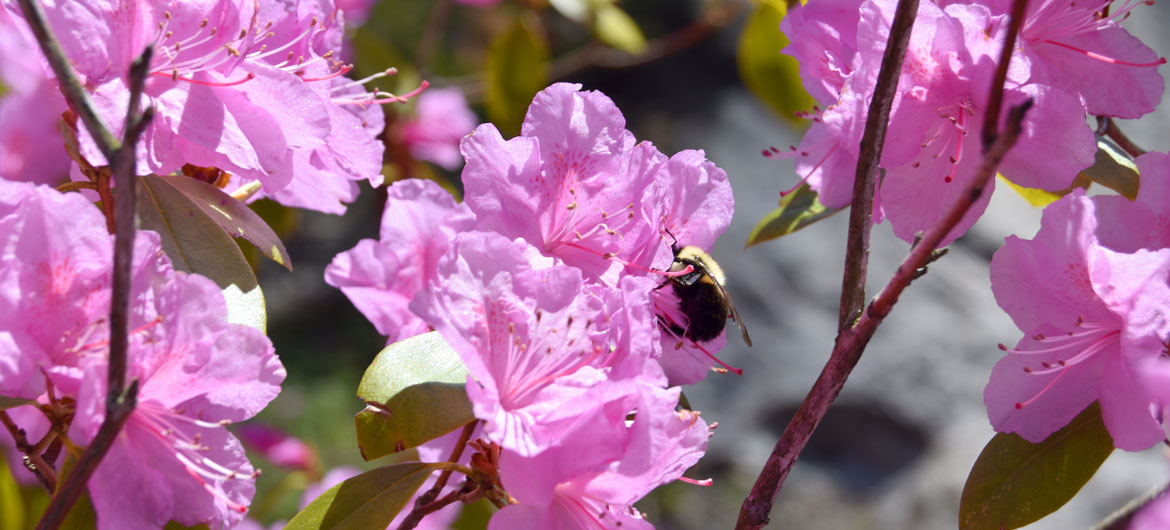“A visitor driving through the arboretum will be able to obtain a general idea of the arborescent vegetation of the north temperate zone without even leaving his carriage,” said Charles Sargent, who was hired as founding director of Boston’s Arnold Arboretum in 1873. “It is hoped that such an arrangement, while avoiding the stiff and formal lines of the conventional botanic garden, will facilitate the comprehensive study of the collections, both in their scientific and picturesque aspects.”
Sargent (1841-1927), an expert on woody plants and a cousin of painter John Singer Sargent, recruited landscape designer Frederick Law Olmsted (1822–1903), who had begun developing New York’s Central Park with English architect Calvert Vaux in 1857. Sargent wanted Olmsted to partner with him to design carriage roads through the arboretum to reveal major planting arrangements following the then generally accepted plant taxonomy system of English botanists George Bentham and Joseph Hooker.
“A park and an arboretum seem to me to be so far unlike in purpose that I do not feel sure that I could combine them satisfactorily,” Olmsted wrote to Sargent on July 8, 1874. But he came to warm to the drive-through idea.

Named a National Historic Landmark in 1966, Arnold Arboretum now occupies 281 acres sprouting with some 17,105 accessioned plants representing 3,846 botanical and horticultural taxa. Plantings highlight woody species of North America and eastern Asia, with especially comprehensive plantings of beech, honeysuckle, crabapple, oak, rhododendron, and 397 lilac plants representing 179 kinds.
This spring’s Lilac Sunday, celebrated annually at the Arnold Arboretum since 1908, was planned for May 10, 2020, but has been cancelled to prevent the spread of coronavirus. “The lilacs will bloom as usual over the course of several weeks (typically late April through mid-to-late May),” the institution writes. “We invite you to visit during these weeks of peak lilac bloom, but request that you practice social distancing from one another and respect our plants.”
Much of the land that became the Arnold Arboretum had been part of 278 acres granted to Captain Joseph Weld for his service in the Indian Pequot War by the colonial legislature in 1640. Weld’s son, an officer in the Revolutionary War, sold 120 of the acres to Benjamin Bussey in 1806.
Bussey (1757-1842), a Revolutionary War veteran, goldsmith, merchant and wool mill owner, assembled an estate there through purchases over four decades. He erected a Federal-style mansion and an observatory with two telescopes behind the house. He grew cherry trees and vegetables, raised sheep and cattle, and outfitted the landscape with sculptures.
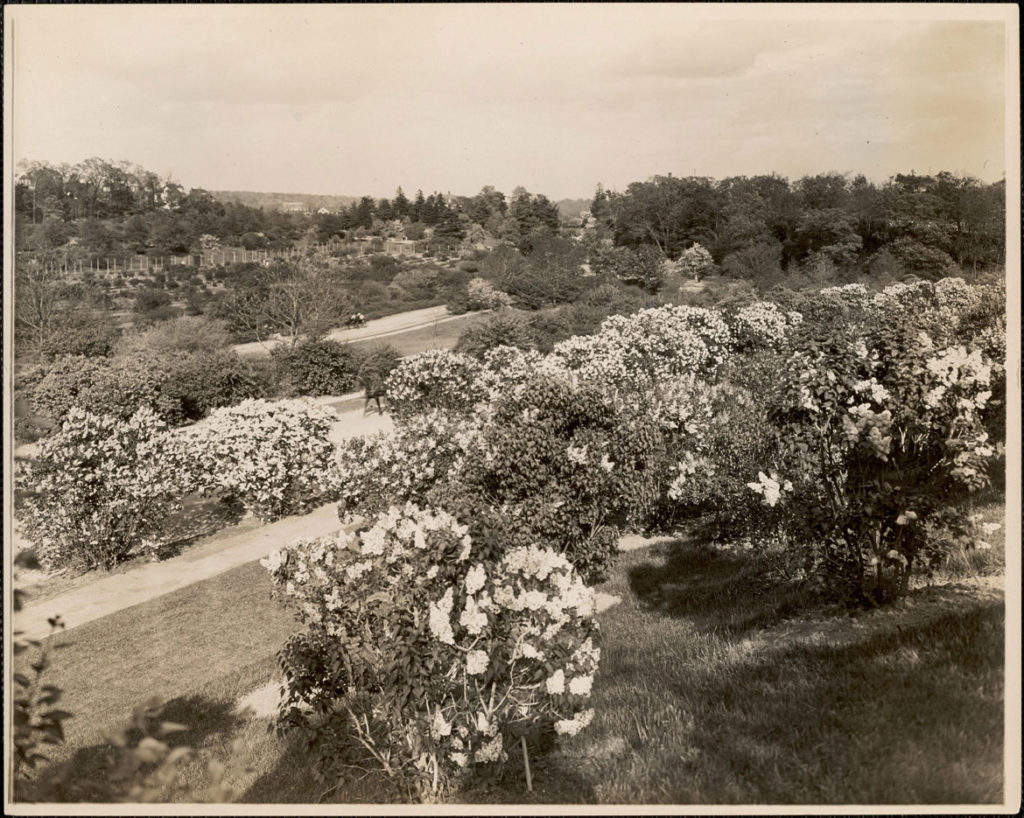
“Some lilacs on the grounds were planted by Bussey soon after purchasing the property, and those same hedgerows can still be seen on the east side of Bussey Hill, not far from the remains of a building foundation from that era,” Richard Schulhoff, then the arboretum’s deputy director, said in a 2009 speech “History of Arnold Arboretum” that he delivered to the Jamaica Plain Historical Society.
Bussey welcomed the public to tour his estate. And at his death in 1842, he donated the property to Harvard College for the promotion of agricultural education. This lead the school to create the Bussey Institute by 1871.

Around this time, Harvard received $100,000 from the estate of New Bedford whaling entrepreneur James Arnold (1781-1868). Arnold had wanted the funds to advance horticulture and agriculture. The trustees of his will decided Harvard would be a good institution for this, so gave the money to the school “for the establishment and support of an arboretum which shall contain, as far as practicable, all the trees [and] shrubs … either indigenous or exotic, which can be raised in the open air.”
Olmsted first visited the former Bussey estate in 1874, and focused on the design–part pleasure ground, part encyclopedic tree museum–between 1878 and 1885. Sargent’s problem was how to get it to work financially. Their solution was to cut a deal with the city of Boston.
“The City would gain an extensive and beautiful public ground for a quarter part of what it would otherwise have to pay for it and would be permanently relieved of the larger part of the cost of improving and maintaining it,” Olmsted and Sargent wrote in a November 1880 “Proposition as to a Public Ground to include the Harvard Arboretum.”

Norman B. Leventhal Map Center)
But the Boston City Council declined the proposal in October 1882. Sargent and Olmsted rallied supporters, including a petition drive, which convinced city leaders to change their minds before the close of the year.
Sargent and Olmsted worked out an 1883 lease that would combine city-owned land at the north and south, with the Harvard property in the middle. Harvard would give its land to the city, then lease it back at $1 a year for 1,000 years. Boston would pay for building and maintaining the walls, roads and other infrastructure and provide security. Harvard would oversee the planting and keep the grounds open as a public park, free of charge, from sunrise to sunset every day of the year.
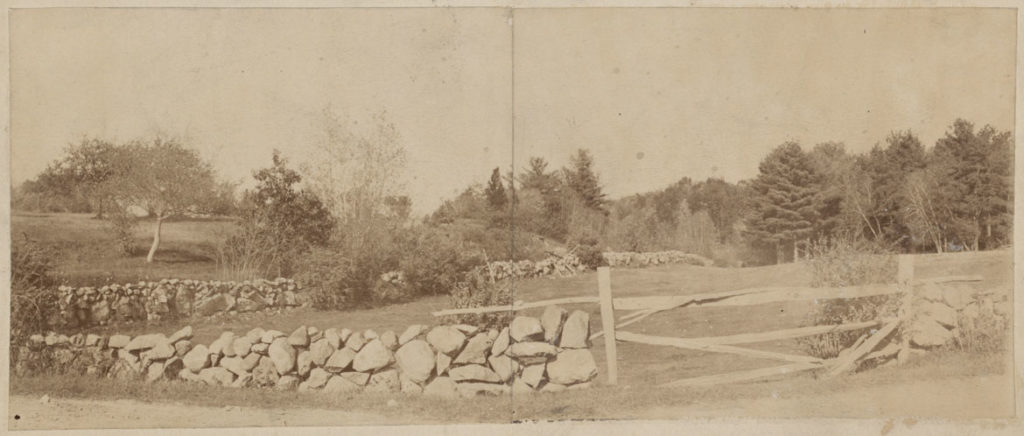
Wooden stakes marked out the planned arboretum. Crews of men and horses and carts constructed roads through the property. Tree planting began in 1885 with beech, ash, elm and hickory. Some of the trees growing today are original plantings.
Olmsted would come to integrate the arboretum into his 7-mile-long “Emerald Necklace” network of parks that he designed for the Boston Parks Department between 1878 and 1892. Sargent would spend more than five decades shaping the Arnold Arboretum.
The Boston Globe opined in 1912: “Prof. Sargent has made of the Arboretum not a formal garden of set walks and arrangement of trees, shrubs and plants, but a natural park with steep cliffs, lofty hills, level stretches and undulating meadows, with brook and ponds and wooden knolls.”
If this is the kind of coverage of arts, cultures and activisms you appreciate, please support Wonderland by contributing to Wonderland on Patreon. And sign up for our free, weekly newsletter so that you don’t miss any of our reporting.

Norman B. Leventhal Map Center)
Sources:
• “Arboriculture and Forestry: Prof. Charles Sprague Sargent, Director of the Arnold Arboretum, Has Spent Most of His Life in the Study and Culture of Trees and Shrubs–Served in Civil War. Traveled Extensively To Gather Trees and Plants,” Boston Daily Globe, June 20, 1912.
• “Arnold Arboretum” by National Park Service.
• “Arnold Arboretum” by Lisa E. Pearson, 2016.
• “Frederick Law Olmsted: Plans and Views of Public Parks” Charles E. Beveridge, editor, 2015.
• “Genius of Place: The Life of Frederick Law Olmsted” by Justin Martin, 2011.
• “History of Arnold Arboretum” talk by Richard Schulhoff to Jamaica Plain Historical Society, 2009.
• “Our History” by The Arnold Arboretum.
• “Proposition as to a public ground to include the Harvard Arboretum” by Charles Sargent and Frederick Law Olmsted, 1880.
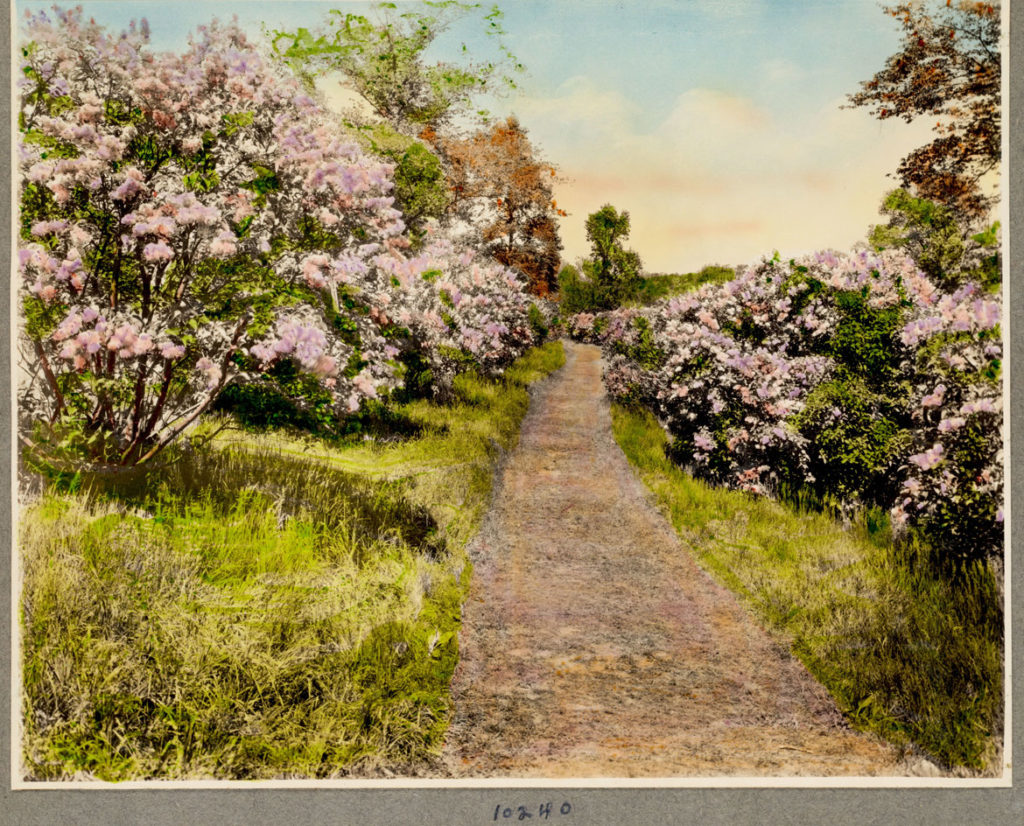
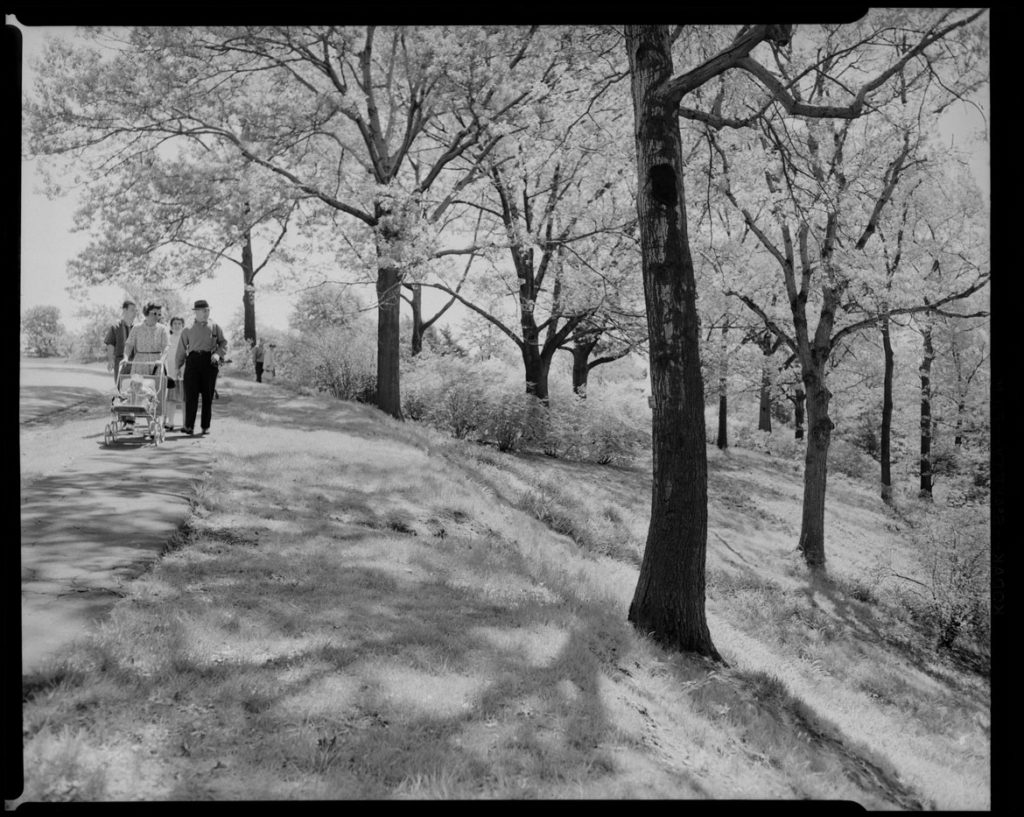
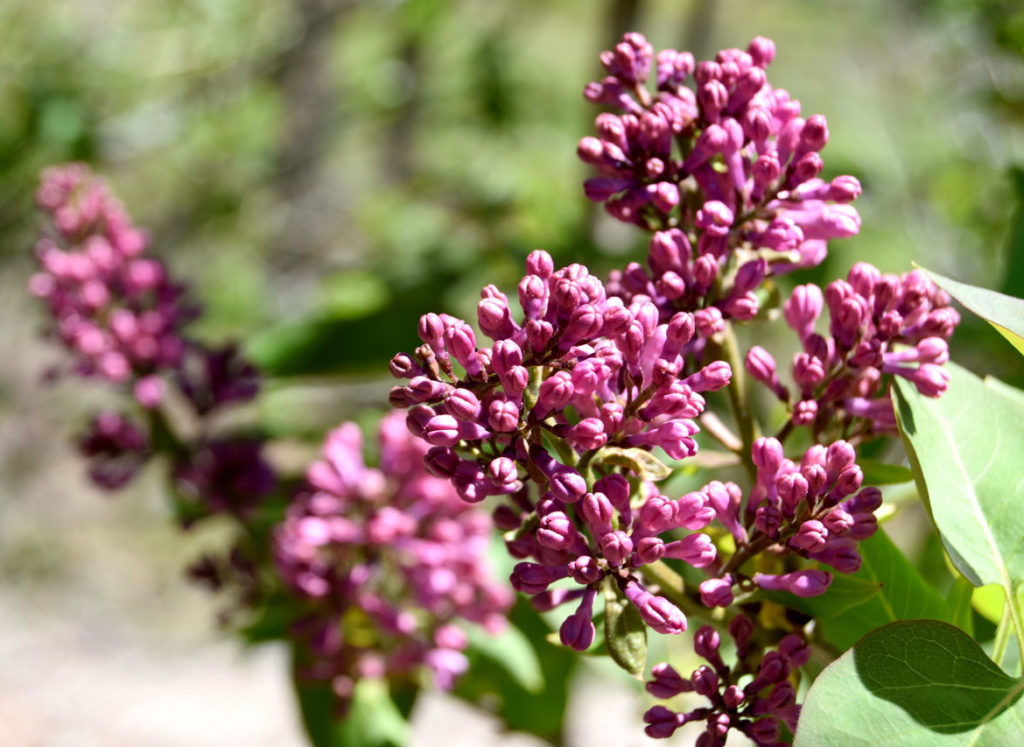
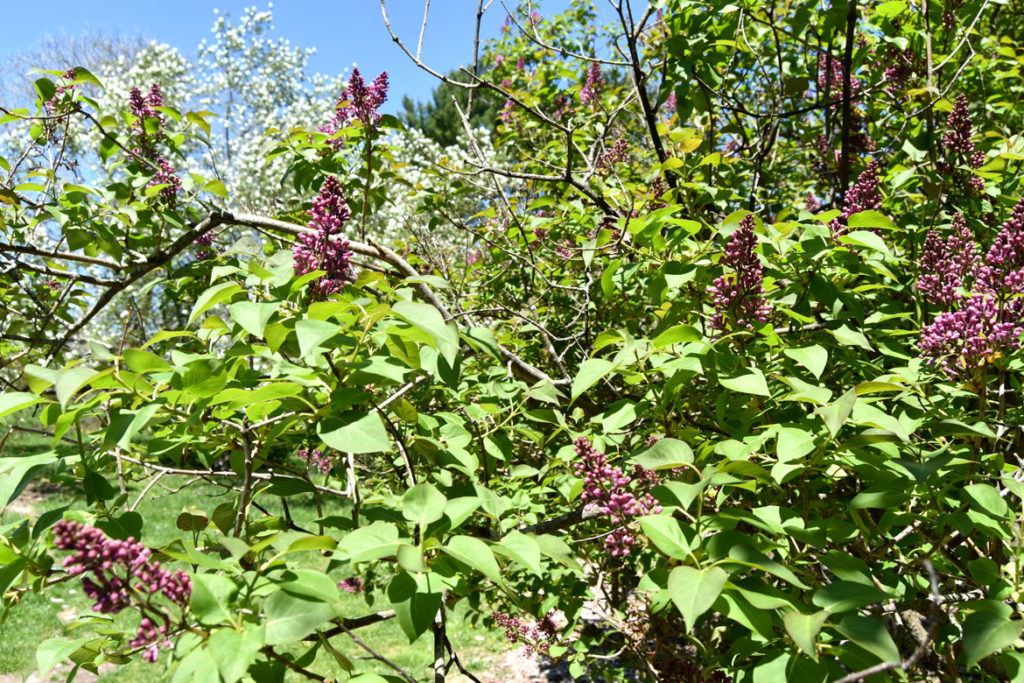
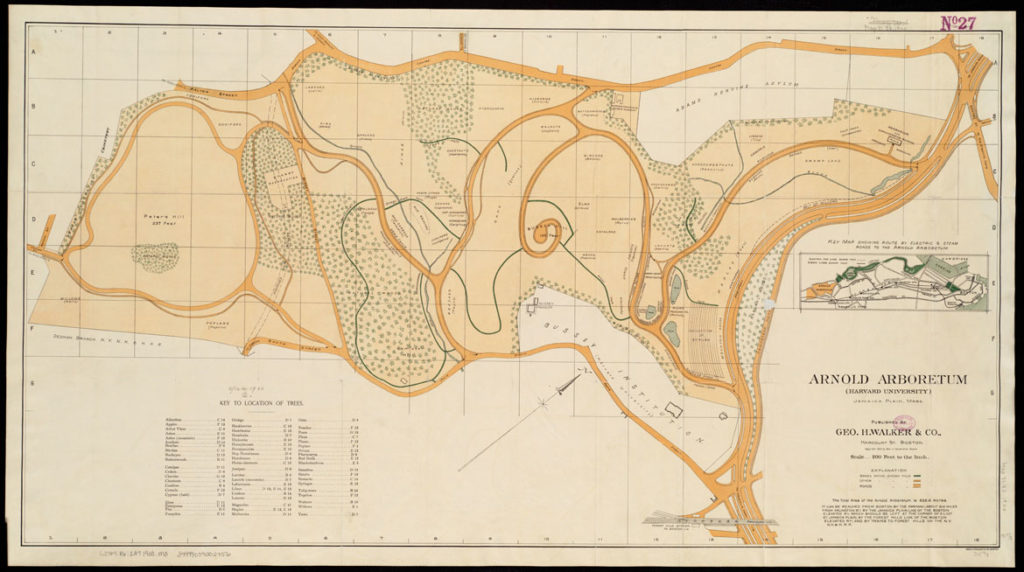



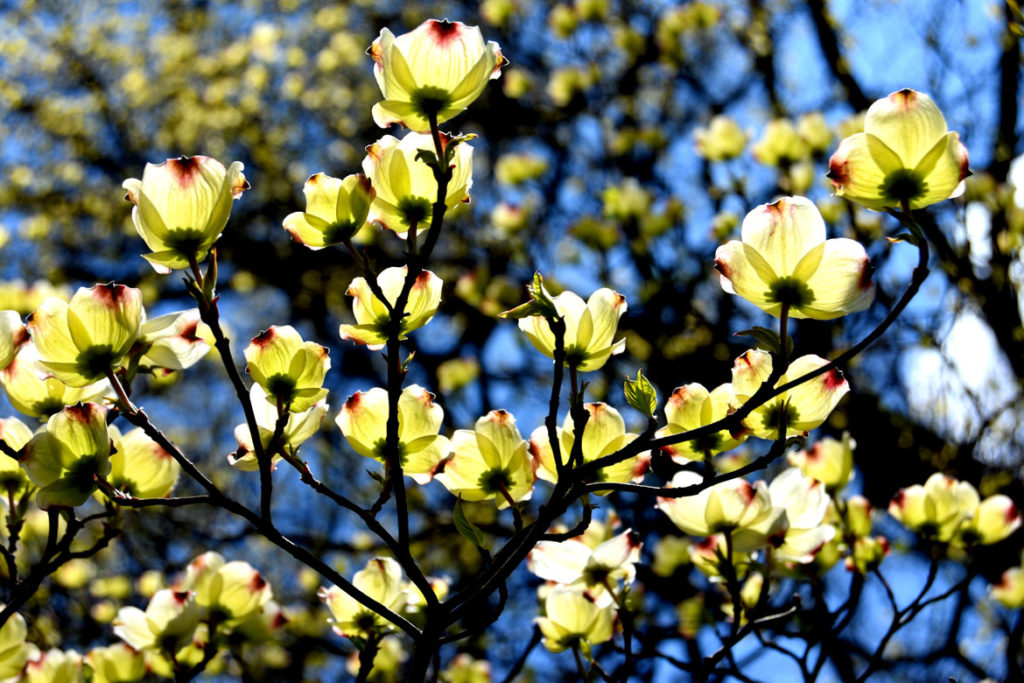
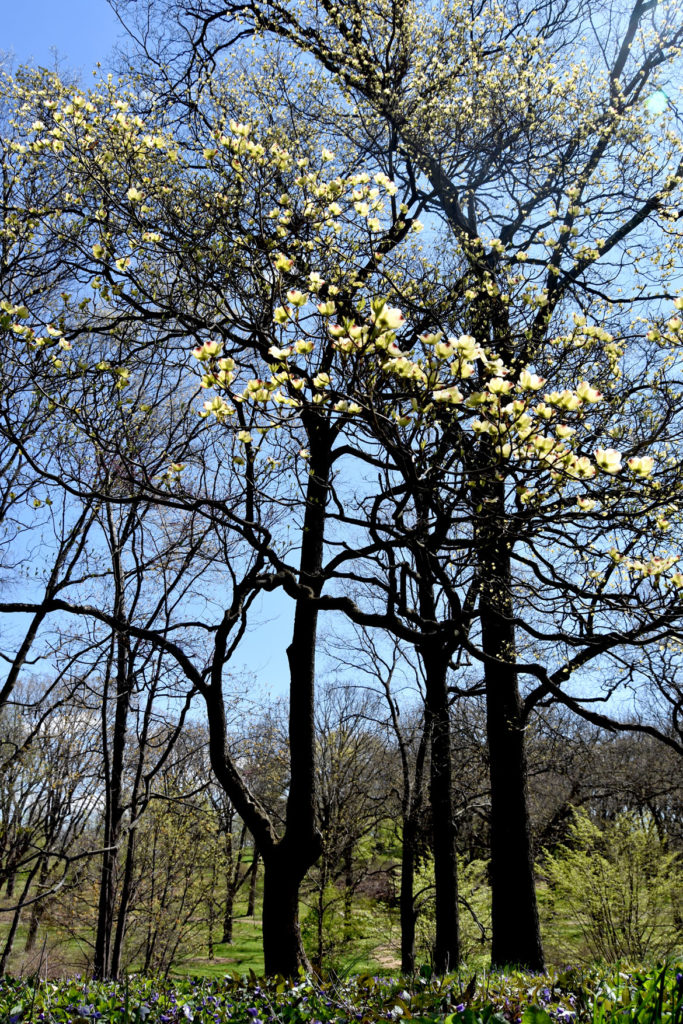
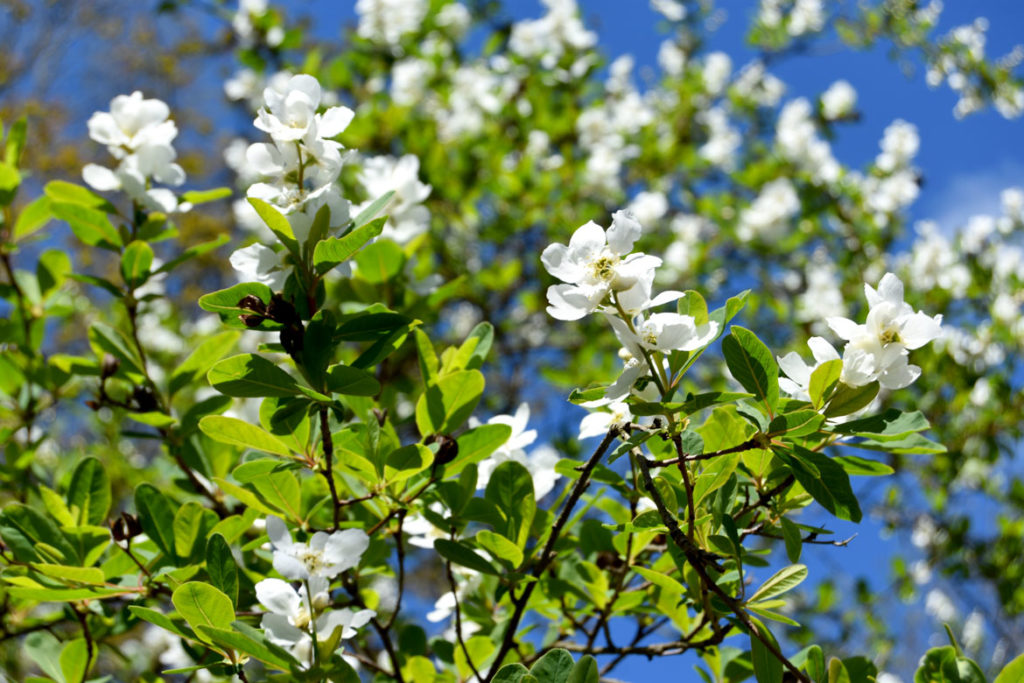
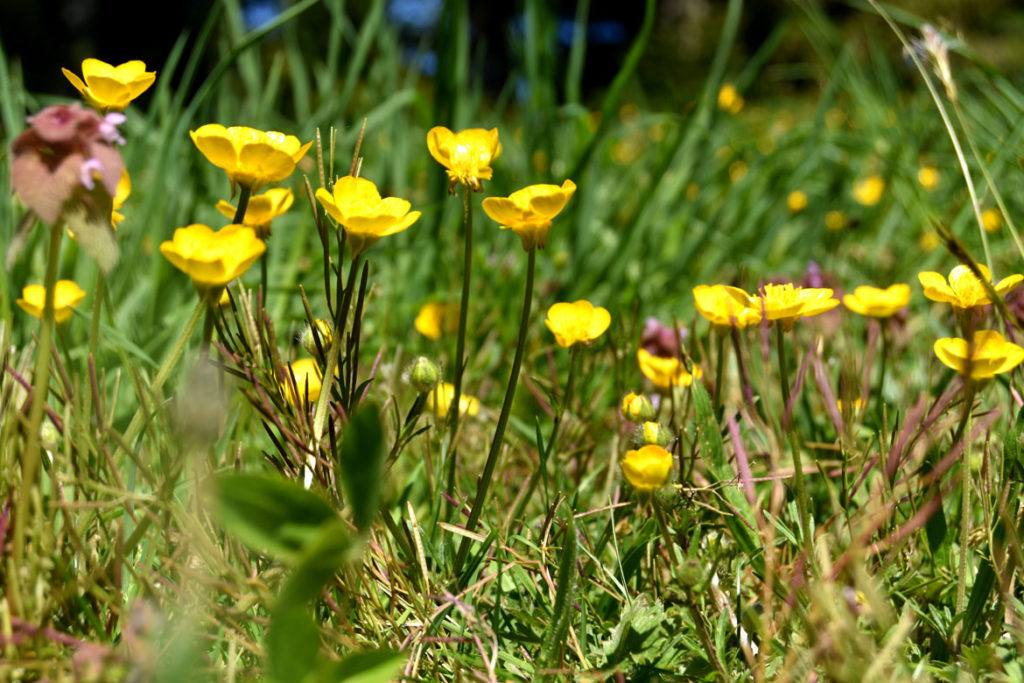

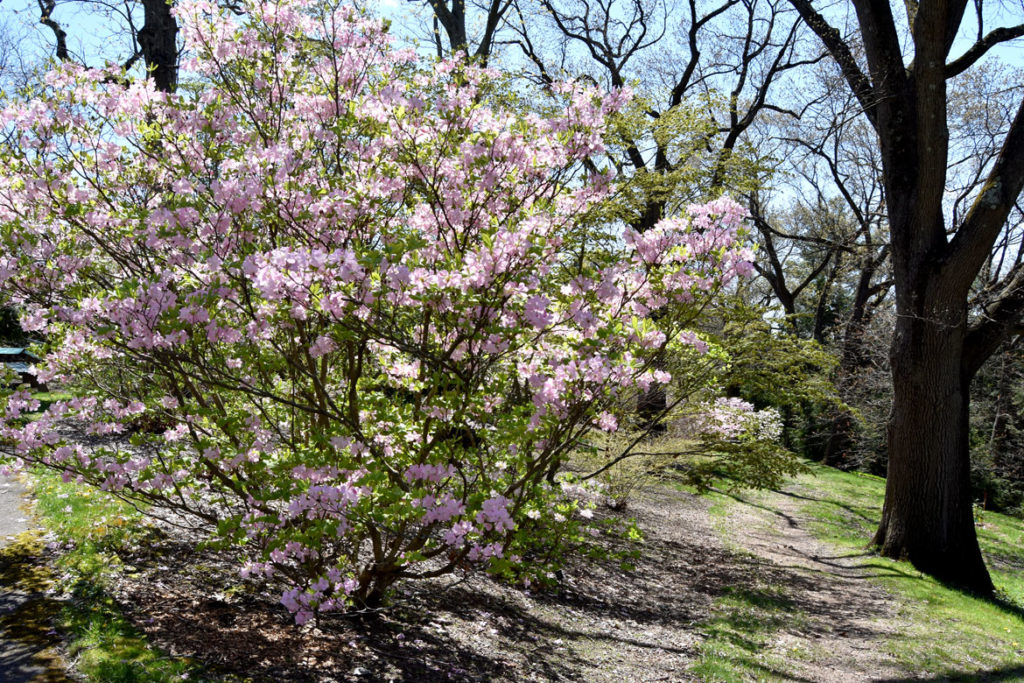
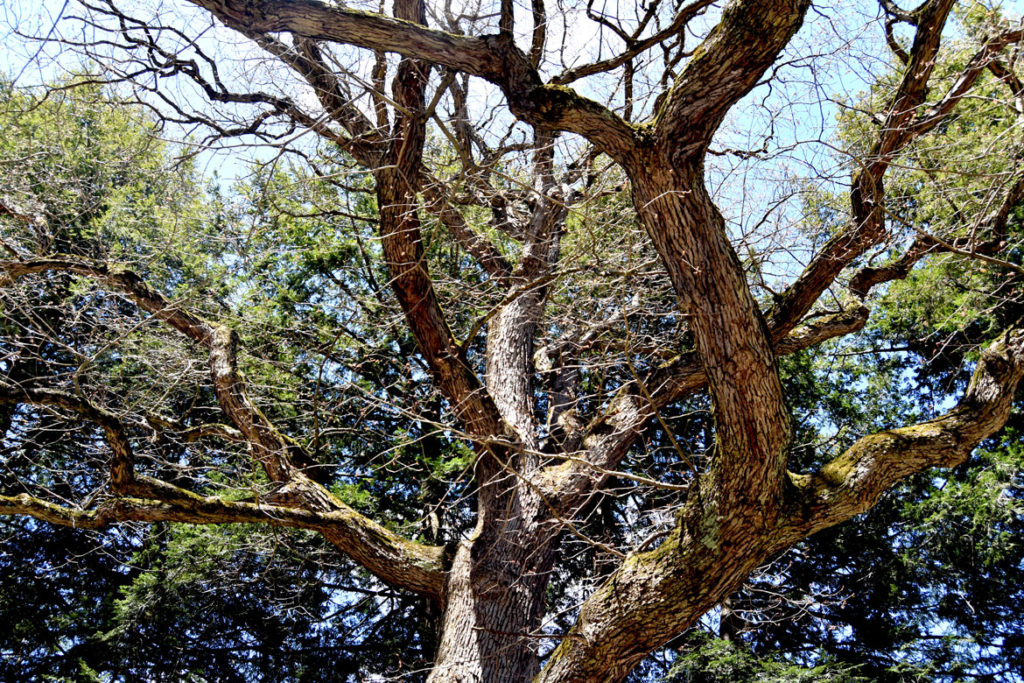



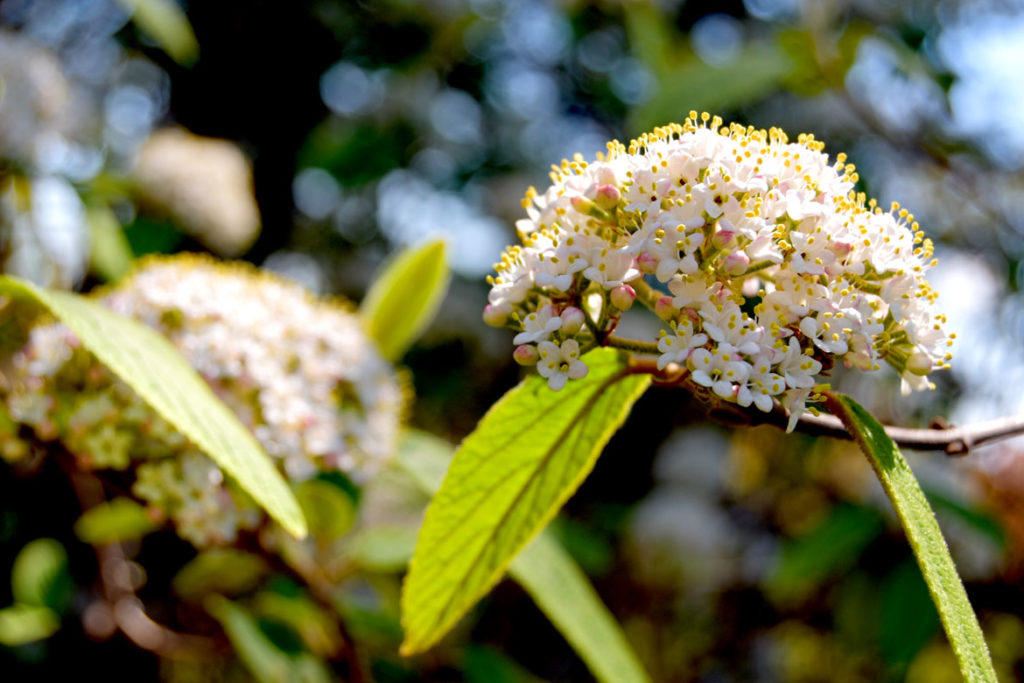
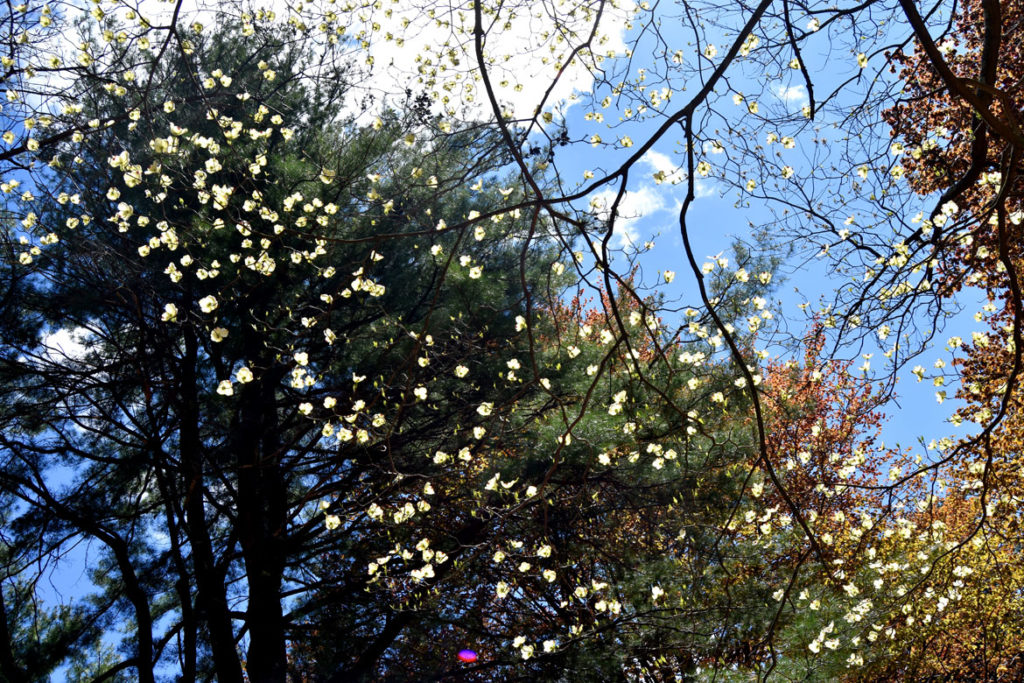
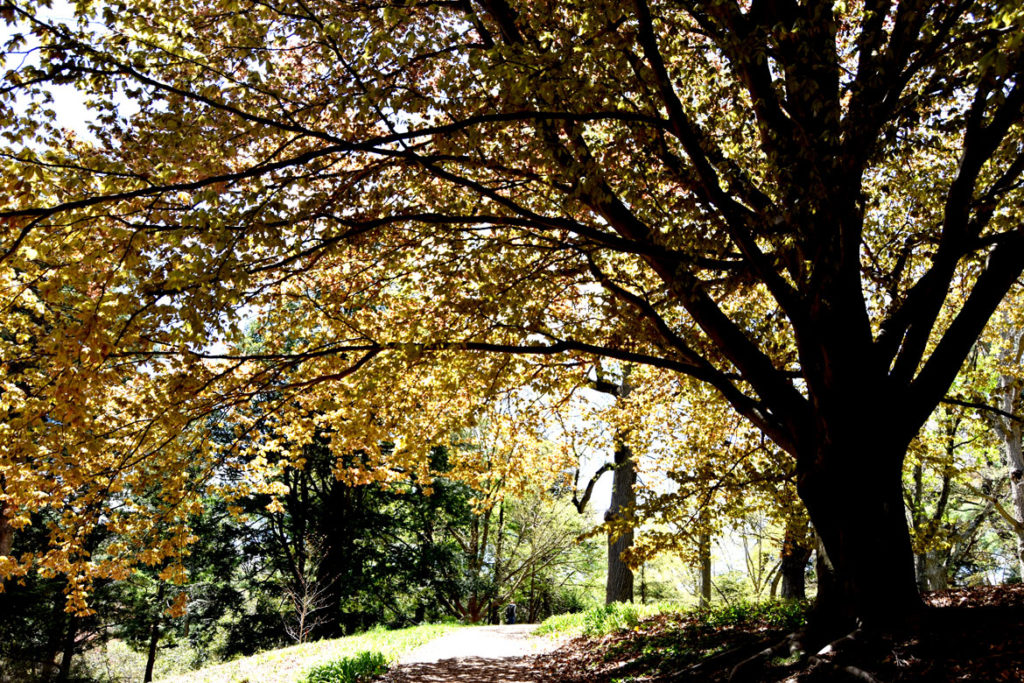

If this is the kind of coverage of arts, cultures and activisms you appreciate, please support Wonderland by contributing to Wonderland on Patreon. And sign up for our free, weekly newsletter so that you don’t miss any of our reporting.
